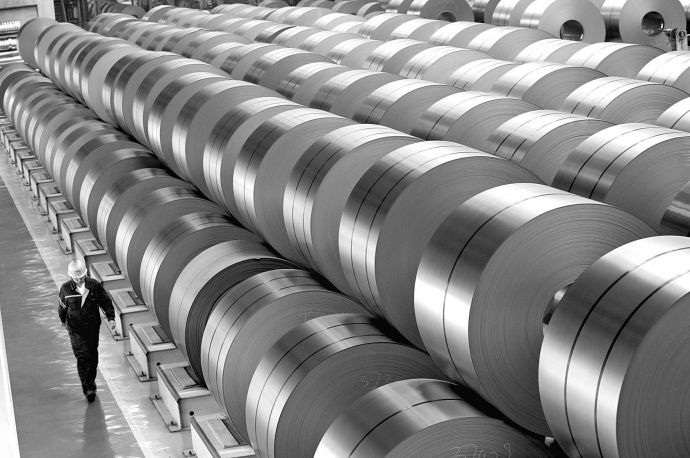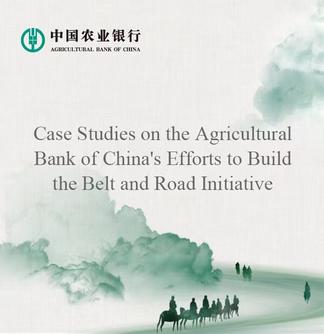
BEIJING, Mar. 14 (Xinhua) -- China's listed iron and steel producers have posted strong profits for 2017 as the country's production capacity cuts reduced outdated supply and led to rising steel prices.
In an annual report filed with the Shanghai Stock Exchange Monday, Xinjiang Bayi Iron and Steel Co. said its net profit surged more than 30 times last year to 1.17 billion yuan (about 185 million U.S. dollars). Its operating revenue rose 69.44 percent to 16.76 billion yuan.
The company also plans to double the number of shares owned by all shareholders using its capital reserves, which will involve no change in the total market value of shares as the share price will be halved.
The Shanghai Stock Exchange soon sent an inquiry letter to Bayi, asking it questions about the reasons for and sustainability of the rapid profit growth, the feasibility of the share doubling plan and the risks associated with its current share price and price earning ratio.
The company reported losses of more than 2 billion yuan in both 2014 and 2015, and shook off losses in 2016 with a net profit of 37 million yuan.
As profitability improved, the company's share price surged more than 105 percent in 2017 and more than 10 percent so far this year.
The company on Tuesday announced that trading of its shares will be suspended as it prepares to respond to the inquiry. Trading will resume after it files its answer with the Shanghai bourse.
A similar inquiry was made to Hunan Valin Steel, which had been under "special treatment" (ST) starting in May 2017 due to losses in previous years.
Valin made 4.12 billion yuan in net profit in 2017, one of the largest among listed steel companies. This was a sharp contrast with a loss of over 1 billion yuan in 2016 and nearly 3 billion yuan in 2015.
The report was also questioned by the Shenzhen Stock Exchange, but after responding to the questions, the company was moved off the ST list last week.
The improved performance in both companies showed the positive outcomes for the steel sector from China's capacity cut efforts.
By last Wednesday, 11 steel companies that had released their annual reports made total profits of 20.13 billion yuan last year, in contrast with a loss of 1.25 billion yuan in 2016, data showed.
Cutting overcapacity in bloated sectors like steel and coal has been high on the government work agenda in recent years as production gluts ate into corporate profits and dragged economic growth.
In the past two years, China cut steel production capacity by about 115 million tonnes as part of the country's supply-side structural reform.
Lowered capacity meant less supply and allowed the sector to focus more on raising the quality of products instead of engaging in price wars.
In the reply to the Shenzhen bourse, Valin said that it made a series of reforms in recent years, including lowering costs, adjusting its production line and putting its automobile steel plate subsidiary into production.
The government's capacity-cutting efforts improved the demand-supply relations and raised corporate profitability, Valin said.
Thanks to the measures, the proportion of steel capacity being used rose to 84.7 percent of total capacity in 2017, up from 66.99 percent in 2015.
Data from the National Development and Reform Commission showed that the composite index for China's steel product prices surged 24.09 percent year on year to 124.05 points in December 2017.
China will cut ineffective steel capacity of 30 million tonnes this year, according to this year's government work report delivered last week.




 A single purchase
A single purchase









